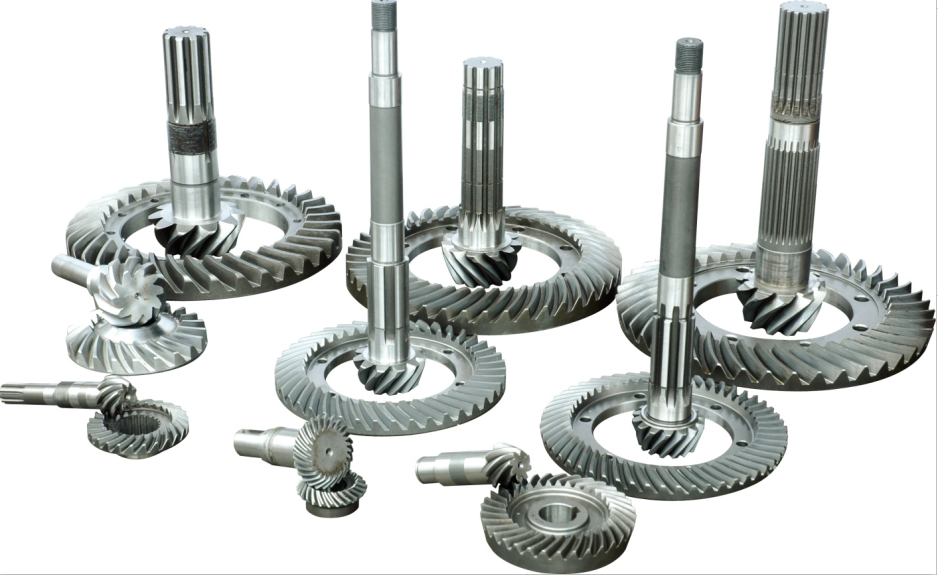
Leveraging the full potential of worm gears requires gear engineering excellence. By employing sound engineering principles and best practices, engineers can optimize the performance, efficiency, and reliability of worm gear systems. Here are some key considerations for achieving gear engineering excellence with worm gears:
1. Design Optimization:
- Carefully analyze the application requirements to determine the appropriate gear specifications, such as gear ratio, torque capacity, and speed requirements.
- Optimize the gear geometry, including the worm lead angle, number of starts, and tooth profile, to achieve the desired performance characteristics.
- Utilize computer-aided design (CAD) software and analytical tools to simulate and evaluate different design options and ensure proper gear meshing and load distribution.
2. Material Selection:
- Choose materials with suitable properties for the worm and worm gear based on the application requirements, including load capacity, wear resistance, and operating conditions.
- Consider factors such as hardness, toughness, and compatibility between the worm and worm gear materials to minimize wear and maximize gear life.
3. Lubrication and Cooling:
- Select the appropriate lubricant for the specific operating conditions, considering factors such as viscosity, temperature range, and load-carrying capacity.
- Ensure proper lubrication and cooling provisions to minimize friction, reduce wear, and dissipate heat generated during operation.
4. Backlash Control:
- Implement effective backlash control techniques to enhance positional accuracy and reduce the impact of backlash on system performance. This can include minimizing clearances, employing preloading mechanisms, or using anti-backlash devices.
5. Noise and Vibration Reduction:
- Address noise and vibration concerns through proper design and manufacturing techniques. This can include optimizing gear tooth profiles, minimizing surface roughness, and employing noise-damping measures, such as adding sound-absorbing materials or designing vibration-absorbing structures.
6. Manufacturing Excellence:
- Ensure high-quality manufacturing processes, including precision gear cutting, heat treatment, and finishing operations, to achieve accurate gear tooth profiles, minimize errors, and improve gear quality.
- Implement stringent quality control measures throughout the manufacturing process, including inspection and testing, to verify gear dimensions, tooth profiles, and surface quality.
7. Maintenance and Inspection:
- Establish a regular maintenance schedule to monitor gear performance, lubrication, and wear. This includes periodic inspection of gear tooth wear, lubricant condition, and proper alignment.
- Utilize non-destructive testing techniques, such as magnetic particle inspection or ultrasonic testing, to detect potential gear defects or damage.
8. Continuous Improvement:
- Embrace a culture of continuous improvement, where lessons learned from gear performance and feedback are used to refine design, manufacturing processes, and maintenance practices.
By adhering to these principles and practices, gear engineers can unlock the full potential of worm gears, achieving optimal performance, efficiency, and reliability in a wide range of applications. Continuous learning, collaboration, and staying abreast of advancements in gear technology also contribute to gear engineering excellence.
